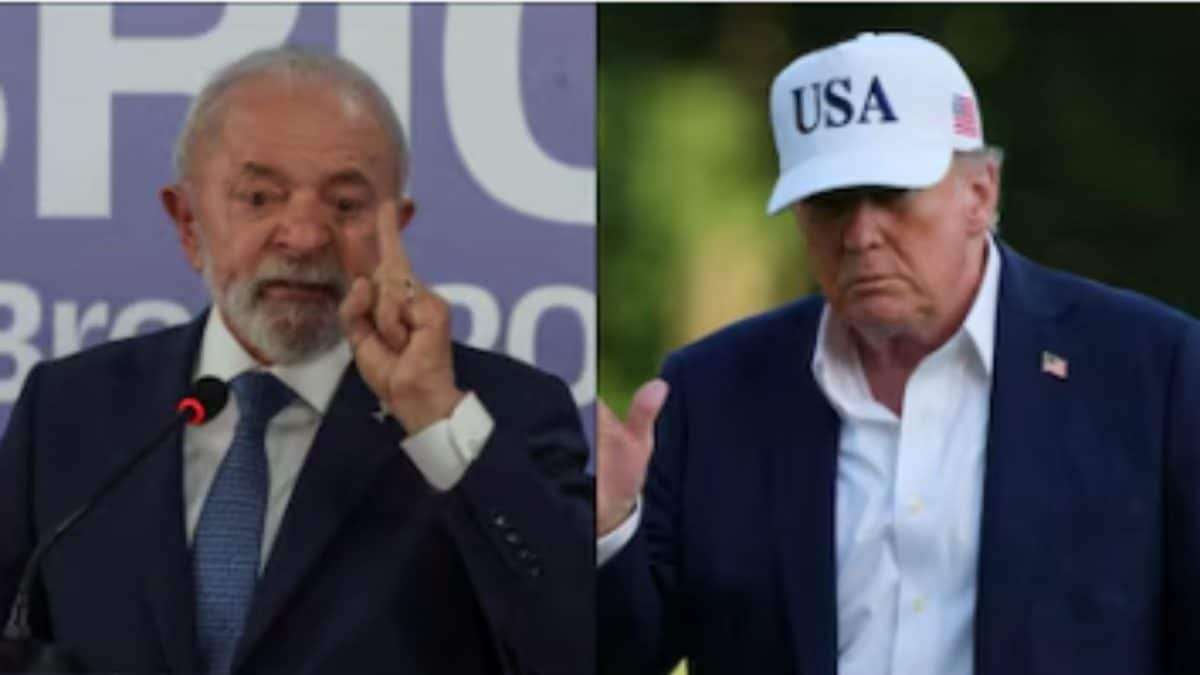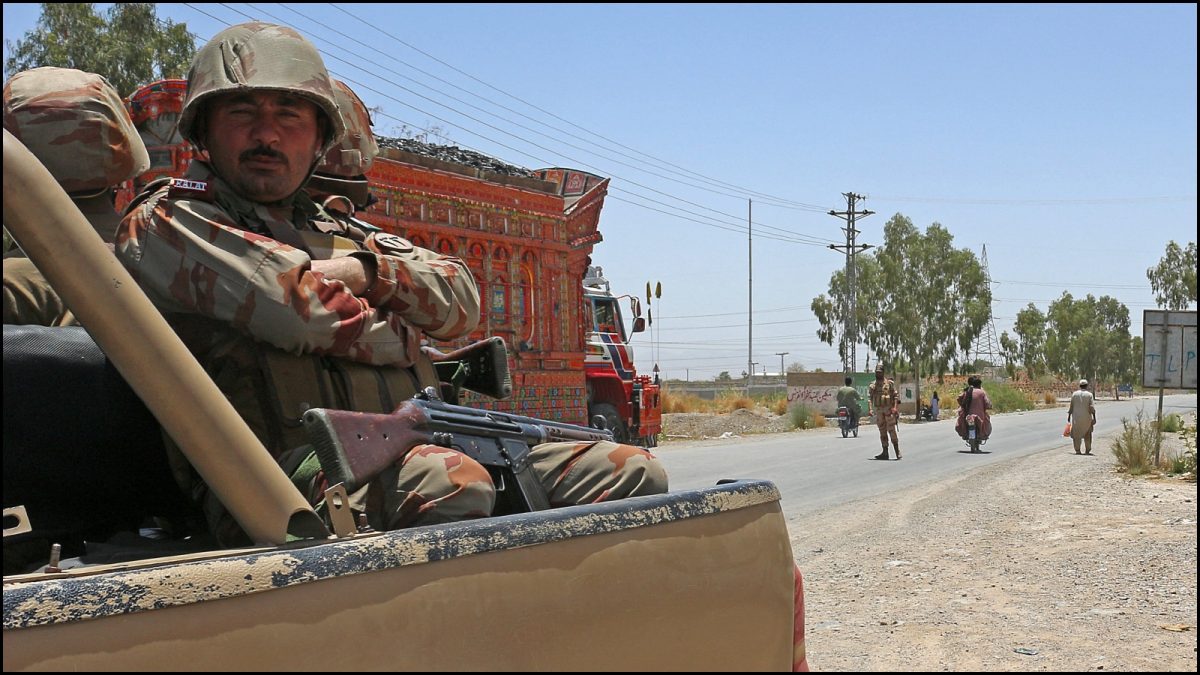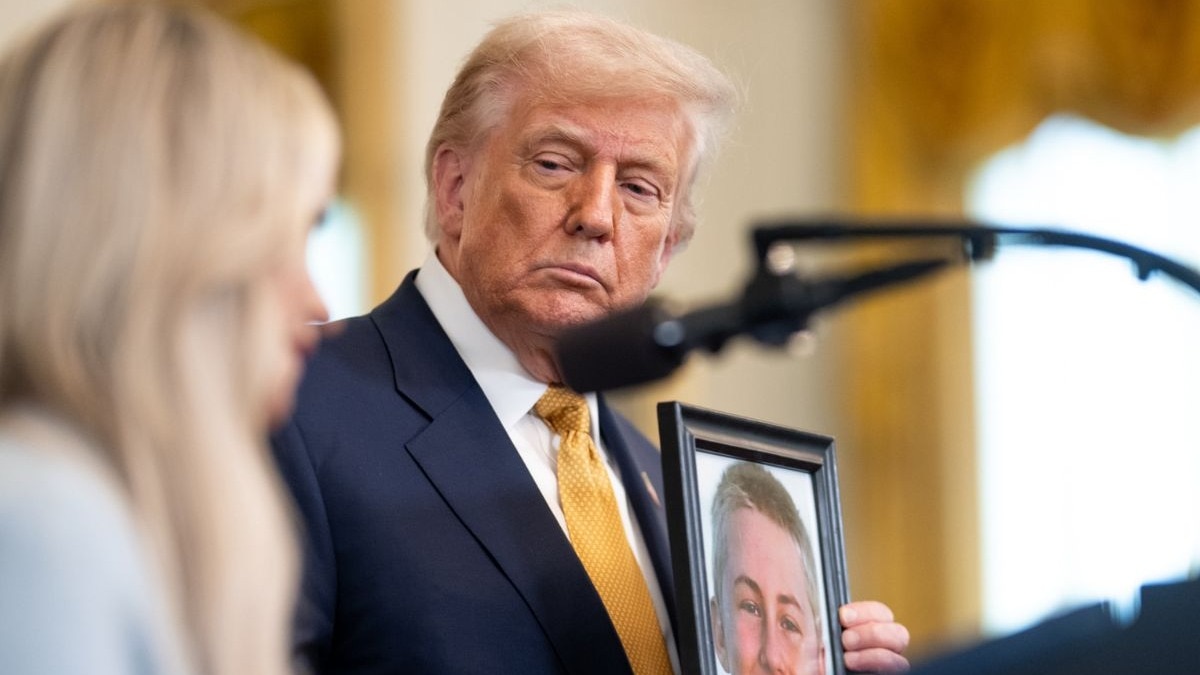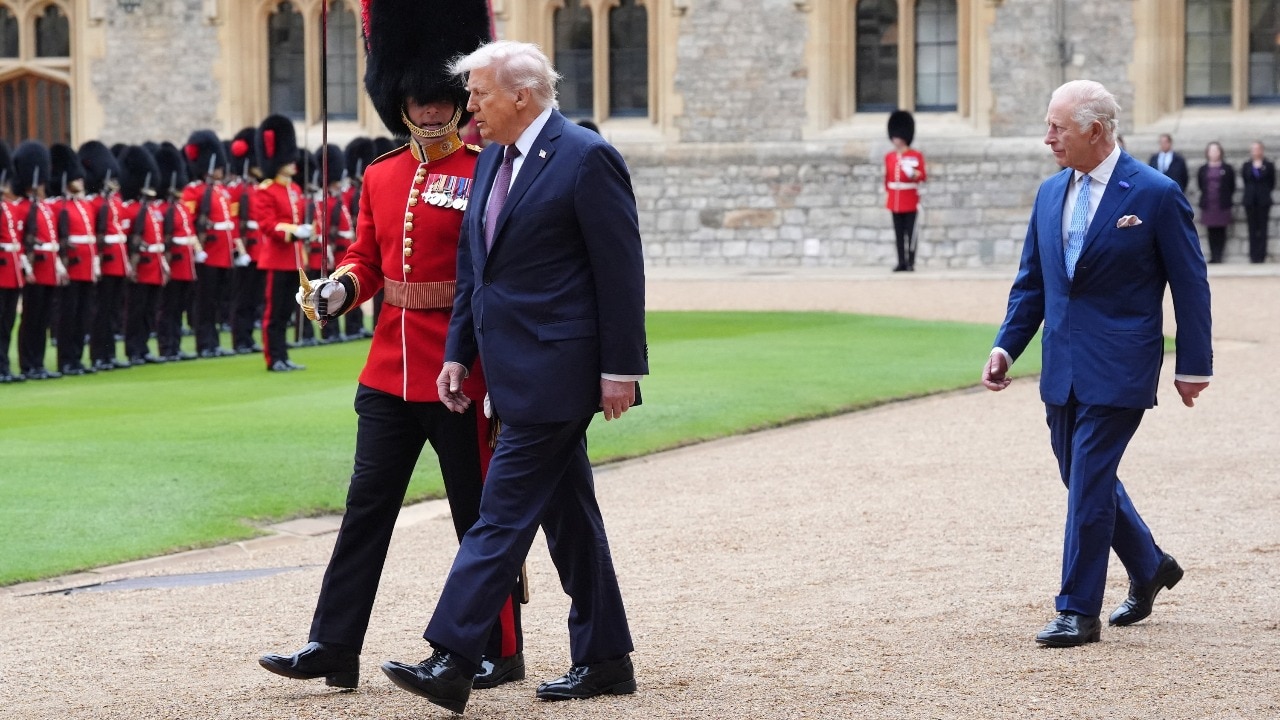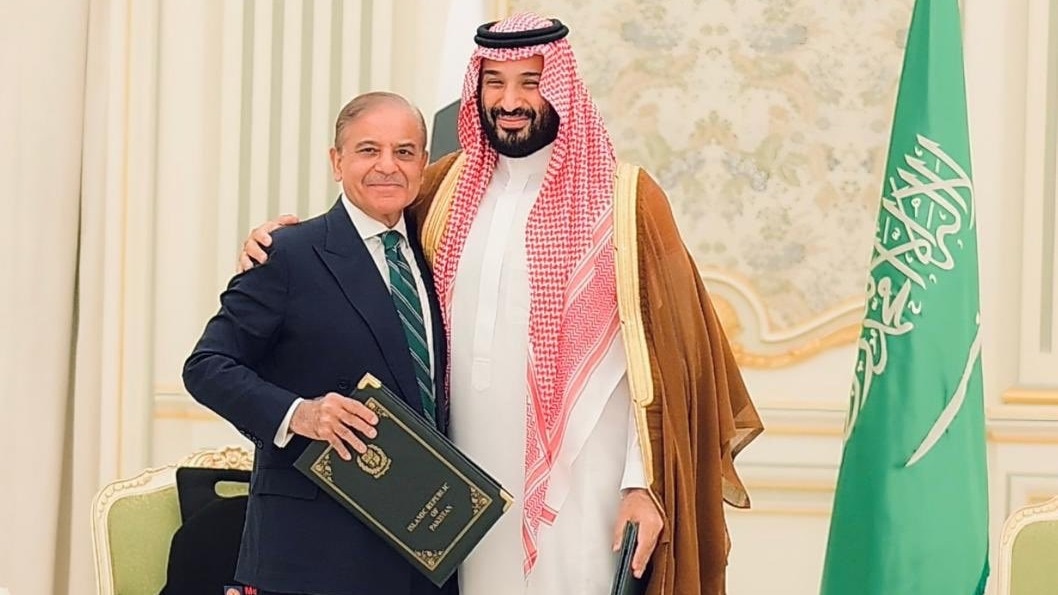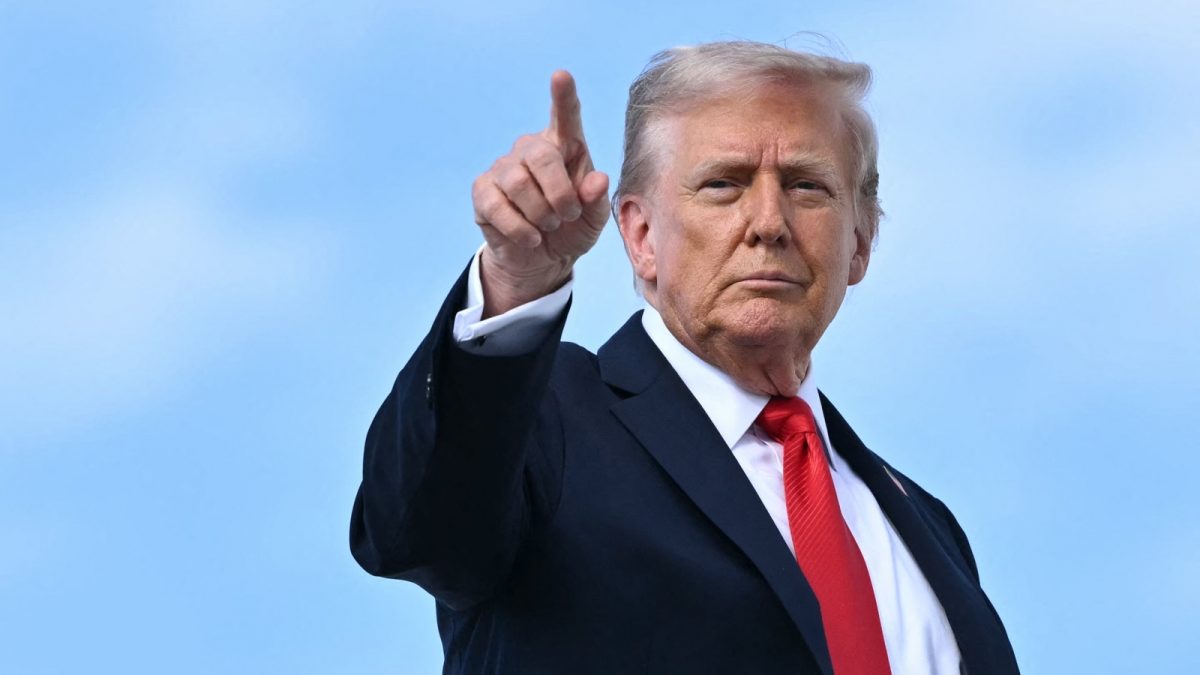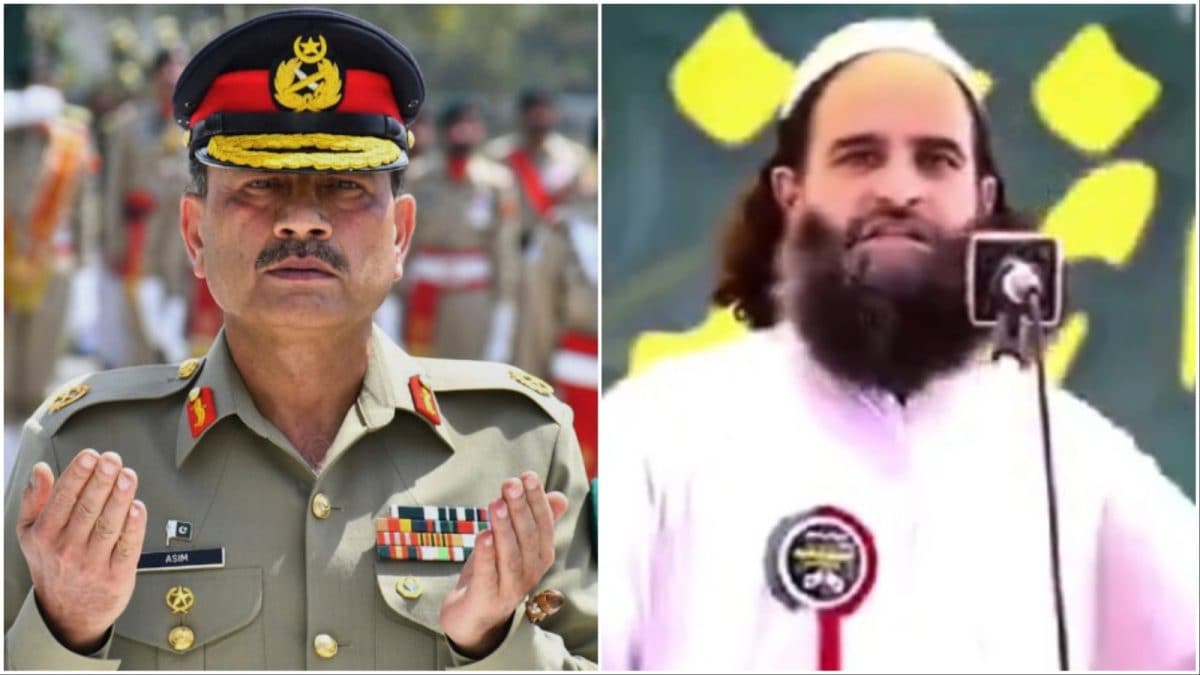Last Updated:August 19, 2025, 15:16 IST
The Russia-Ukraine conflict began with Russia's 2014 annexation of Crimea and escalated in 2022 with a full invasion, and today, Russia controls 20% of Ukraine

Days after meeting Vladimir Putin, Donald Trump on Monday hosted Ukrainian President Zelensky and European leaders at the White House.
The conflict between Russia and Ukraine has stretched over a decade, turning into one of the most dangerous geopolitical crises of modern times. The roots of the war go back to February 2014, when Russia annexed Ukraine’s Crimea through a covert operation followed by a controversial referendum. Russia declared Crimea as its territory, but the United Nations and the majority of countries rejected the move as illegal, affirming Ukraine’s sovereignty over the region.
Just weeks later, in April 2014, Russia-backed separatists launched an armed uprising in Ukraine’s eastern provinces of Donetsk and Luhansk. Fighting between Ukrainian forces and separatists led to thousands of deaths, marking the beginning of a bloody stalemate.
The conflict escalated dramatically on 24 February 2022, when Russia launched a full-scale invasion of Ukraine. The Kremlin’s stated objectives were to topple President Volodymyr Zelensky’s government, weaken Ukraine militarily, and reassert dominance over its territory.
Who Controls What Territory Now?
The map of Ukraine remains deeply fractured.
Under Russian control: Crimea has been in Moscow’s hands since 2014, though internationally recognised as occupied land. Russia also claims full control over Luhansk and significant portions (about 70%) of Donetsk, Kherson, and Zaporizhia. In September 2022, Moscow declared these four regions part of its territory, a move rejected by 143 countries in the United Nations.Under Ukrainian control: Kyiv has held firm over major cities such as Sloviansk and Kramatorsk. In 2023, Ukraine recaptured Kherson and several surrounding areas, dealing Russia a symbolic setback.By November 2024, Russia had advanced further, seizing an additional 1,006 square kilometres of Donetsk, an area roughly the size of New York City.
Current Situation On War
The Donbass region remains the epicentre of the war. Russia is pressing to seize the entirety of Donetsk, while Ukraine is fiercely resisting. Western support, primarily from the United States and Europe, continues in the form of advanced weaponry, though NATO has made clear it will not intervene directly. Despite battlefield shifts, neither side shows readiness for compromise. Peace talks have stalled, and the war appears locked in a cycle of escalation.
Who Is Winning?
At present, Russia controls about 20 percent of Ukrainian territory. Ukraine, however, has managed to reclaim strategic areas and continues to push back. Military analysts suggest that with sustained Western arms supplies, Kyiv may recover more ground. Yet, Russia’s sheer manpower and resources mean the conflict is likely to drag on.
What Role Is The US Playing?
On Monday, US President Donald Trump hosted Ukrainian President Zelensky and European leaders at the White House. Despite discussions, there was no breakthrough on a ceasefire. Trump was blunt, “ceasefire is not possible so soon at the moment." Just four days earlier, Trump had met Russian President Vladimir Putin. The Kremlin later revealed that during the White House talks, Trump paused the meeting to hold a 40-minute phone call with Putin.
According to officials, the discussions centered on Ukraine’s security guarantees. Trump assured that “the US and European countries will work together on this," while European leaders reiterated their position that a ceasefire must come before any meaningful negotiations can take place. NATO Secretary General Mark Rutte told Fox News on Monday that Trump’s meeting with Zelenskiy and other European and NATO partners was very successful. The meeting followed a summit in Alaska between Trump and Putin, which did not result in an agreement on ceasing hostilities in the 3-1/2-year-old war.
Global Impact
The war’s fallout stretches far beyond Eastern Europe. Russia and Ukraine are both major suppliers of wheat, oil, and gas. The fighting has worsened inflation, disrupted supply chains, and heightened global economic uncertainty. Stocks in Asia were flat and oil slid on Tuesday, August 19, before a key meeting of central bankers and as traders evaluated promising diplomatic signals toward ending hostilities between Russia and Ukraine, reported AP. European equity futures reportedly posted modest gains after Ukrainian President Volodymyr Zelenskiy said security guarantees for his nation will likely be worked out within 10 days after talks with Trump and several European leaders.
Ukraine demands a complete withdrawal of Russian troops, a condition Moscow flatly rejects. With no political solution in sight and both militaries locked in a war of attrition, the prospect of peace remains distant.
Click here to add News18 as your preferred news source on Google. Get breaking news, in-depth analysis, and expert perspectives on everything from geopolitics to diplomacy and global trends. Stay informed with the latest world news only on News18. Download the News18 App to stay updated!
Location :Russia
First Published:August 19, 2025, 15:16 IST
News world Russia-Ukraine War: Who Is Winning After 3.5 Years? Who Conquered More Land?
Disclaimer: Comments reflect users’ views, not News18’s. Please keep discussions respectful and constructive. Abusive, defamatory, or illegal comments will be removed. News18 may disable any comment at its discretion. By posting, you agree to our Terms of Use and Privacy Policy.
Read More

 4 weeks ago
4 weeks ago
